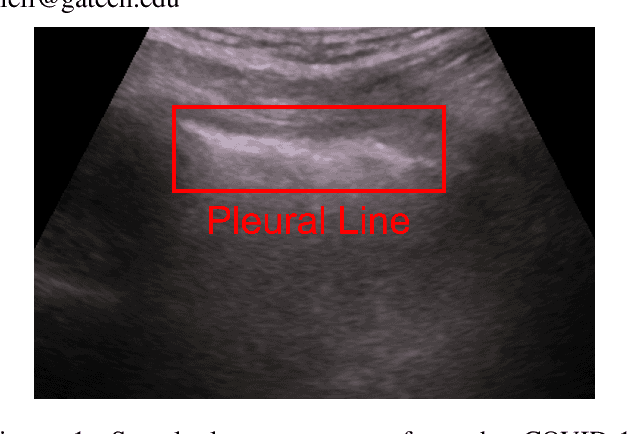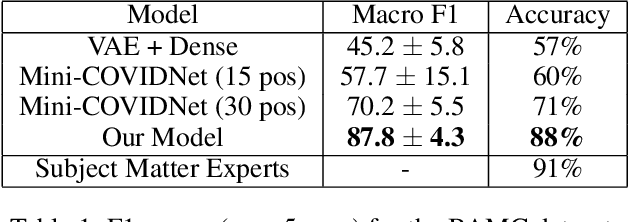Glen Smith
Apprentice Tutor Builder: A Platform For Users to Create and Personalize Intelligent Tutors
Apr 11, 2024



Abstract:Intelligent tutoring systems (ITS) are effective for improving students' learning outcomes. However, their development is often complex, time-consuming, and requires specialized programming and tutor design knowledge, thus hindering their widespread application and personalization. We present the Apprentice Tutor Builder (ATB) , a platform that simplifies tutor creation and personalization. Instructors can utilize ATB's drag-and-drop tool to build tutor interfaces. Instructors can then interactively train the tutors' underlying AI agent to produce expert models that can solve problems. Training is achieved via using multiple interaction modalities including demonstrations, feedback, and user labels. We conducted a user study with 14 instructors to evaluate the effectiveness of ATB's design with end users. We found that users enjoyed the flexibility of the interface builder and ease and speed of agent teaching, but often desired additional time-saving features. With these insights, we identified a set of design recommendations for our platform and others that utilize interactive AI agents for tutor creation and customization.
Interpretable Models for Detecting and Monitoring Elevated Intracranial Pressure
Mar 04, 2024


Abstract:Detecting elevated intracranial pressure (ICP) is crucial in diagnosing and managing various neurological conditions. These fluctuations in pressure are transmitted to the optic nerve sheath (ONS), resulting in changes to its diameter, which can then be detected using ultrasound imaging devices. However, interpreting sonographic images of the ONS can be challenging. In this work, we propose two systems that actively monitor the ONS diameter throughout an ultrasound video and make a final prediction as to whether ICP is elevated. To construct our systems, we leverage subject matter expert (SME) guidance, structuring our processing pipeline according to their collection procedure, while also prioritizing interpretability and computational efficiency. We conduct a number of experiments, demonstrating that our proposed systems are able to outperform various baselines. One of our SMEs then manually validates our top system's performance, lending further credibility to our approach while demonstrating its potential utility in a clinical setting.
MobilePTX: Sparse Coding for Pneumothorax Detection Given Limited Training Examples
Dec 08, 2022



Abstract:Point-of-Care Ultrasound (POCUS) refers to clinician-performed and interpreted ultrasonography at the patient's bedside. Interpreting these images requires a high level of expertise, which may not be available during emergencies. In this paper, we support POCUS by developing classifiers that can aid medical professionals by diagnosing whether or not a patient has pneumothorax. We decomposed the task into multiple steps, using YOLOv4 to extract relevant regions of the video and a 3D sparse coding model to represent video features. Given the difficulty in acquiring positive training videos, we trained a small-data classifier with a maximum of 15 positive and 32 negative examples. To counteract this limitation, we leveraged subject matter expert (SME) knowledge to limit the hypothesis space, thus reducing the cost of data collection. We present results using two lung ultrasound datasets and demonstrate that our model is capable of achieving performance on par with SMEs in pneumothorax identification. We then developed an iOS application that runs our full system in less than 4 seconds on an iPad Pro, and less than 8 seconds on an iPhone 13 Pro, labeling key regions in the lung sonogram to provide interpretable diagnoses.
Do it Like the Doctor: How We Can Design a Model That Uses Domain Knowledge to Diagnose Pneumothorax
May 24, 2022



Abstract:Computer-aided diagnosis for medical imaging is a well-studied field that aims to provide real-time decision support systems for physicians. These systems attempt to detect and diagnose a plethora of medical conditions across a variety of image diagnostic technologies including ultrasound, x-ray, MRI, and CT. When designing AI models for these systems, we are often limited by little training data, and for rare medical conditions, positive examples are difficult to obtain. These issues often cause models to perform poorly, so we needed a way to design an AI model in light of these limitations. Thus, our approach was to incorporate expert domain knowledge into the design of an AI model. We conducted two qualitative think-aloud studies with doctors trained in the interpretation of lung ultrasound diagnosis to extract relevant domain knowledge for the condition Pneumothorax. We extracted knowledge of key features and procedures used to make a diagnosis. With this knowledge, we employed knowledge engineering concepts to make recommendations for an AI model design to automatically diagnose Pneumothorax.
 Add to Chrome
Add to Chrome Add to Firefox
Add to Firefox Add to Edge
Add to Edge